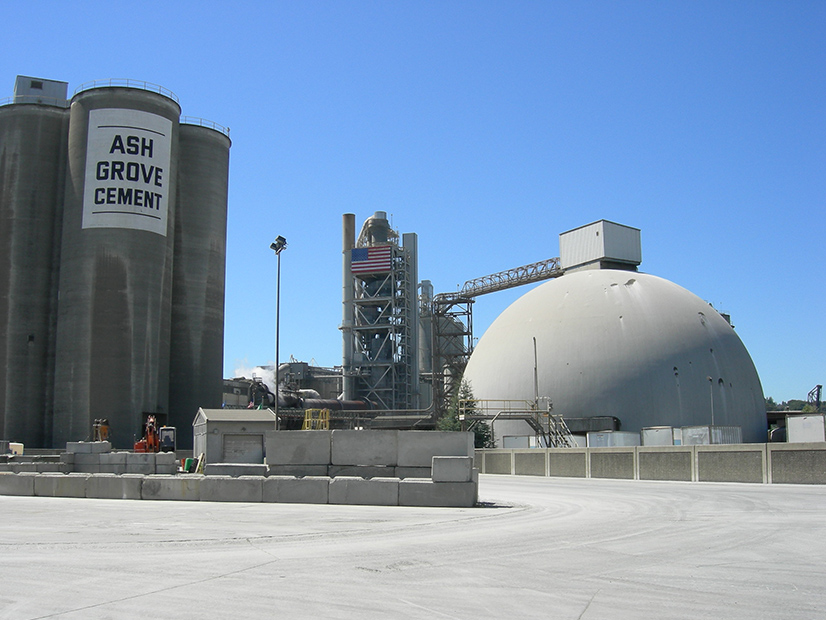
When the U.S. joins world leaders at the 26th Conference of Parties this fall, one of the Biden administration’s many goals is to build a “better narrative” for carbon capture and sequestration (CCS), according to Shuchi Talati, chief of staff at the U.S. Department of Energy’s Office of Fossil Energy and Carbon Management.
“There hasn’t been a positive narrative around CCS, and that has been propagated by the U.S.,” she said during a webinar Aug. 30 titled “Countdown to COP” and hosted by the Global CCS Institute.
Now, DOE wants to turn that narrative around to match the vital role CCS could have in achieving climate policies.
“We want to assure advocacy organizations and environmental [nongovernmental organizations] that we are not trying to use [CCS] to enable the fossil fuel industry, but to limit climate change, to limit harm to climate vulnerable populations,” Talati said.
There is a lot of disagreement around the need for the technology, but Talati believes that the conversation can change.
“I’m not saying we’re going to fix everything, but we can at least come from a better place of understanding to have a more supportive discussion,” she said.
The U.S. has the highest number of operational CCS facilities of any country, and in 2020, it contributed 12 of the 17 new commercial facilities added to the project pipeline, according to the institute’s 2020 “Global Status of CCS” report.
CCS, according to Talati, has a “huge” role to play in helping the U.S. meet the commitments President Biden announced in April. Those targets include reducing greenhouse gas emissions by 50% from 2005 levels by 2030 and reaching net-zero electricity by 2035 and net-zero emissions economy-wide by 2050.
The natural gas sector has significant infrastructure commitments that ensure that as much as 200 GW of natural gas power plants will still be operational in 2035.
“CCS is the only way to decarbonize the natural gas sector,” Talati said.
And meeting the emission-reduction target for 2030 will be equally challenging given where fossil fuels stand now in the industrial sector, she said.
“There are 90 cement plants in the U.S., all of which run on coal,” she said. “The only way to address the process emissions of cement is CCS.”
For CCS to contribute successfully to global emissions goals, its public perception has to change.
“We need to build education and knowledge capacity around understanding the need for CCS, both across the country and around the world, and really ensuring that governance officials also have that knowledge,” Talati said.
Power and industrial sector challenges in the U.S. are similar in many other countries, and Talati said DOE can leverage its two decades of research and development to support the global CCS effort.
The Biden administration’s infrastructure package includes a “massive” commitment to funding CCS deployments, pilots and R&D across sectors, according to Talati.
Carbon storage technologies alone would have a $2.5 billion allocation through 2026 for research, demonstration and commercialization. Without those demonstration projects, she said, the industry cannot fully understand the technology costs, especially for natural gas.
“DOE needs to better understand how this technology functions and what we can signal to industry around what we’ve learned,” she said.
Since May, DOE has committed $30 million for direct air capture technology, algae-based carbon capture and secure carbon storage. It also committed $99 million in April to move two large-scale carbon capture demonstration projects into construction and operation.
About $47 million will be dedicated to a pilot to capture 200 tons of carbon/day at City Water, Light & Power’s coal-fired Dallman Unit 4 in Springfield, Ill. The remaining funding will support a pilot at the Wyoming Integrated Test Center to capture 150 tons of carbon/day from a novel system developed by Membrane Technology and Research.

